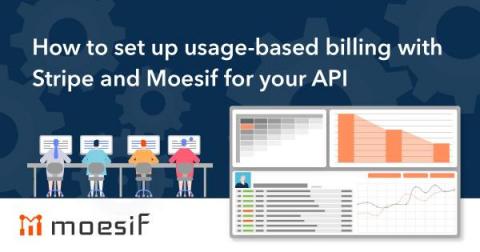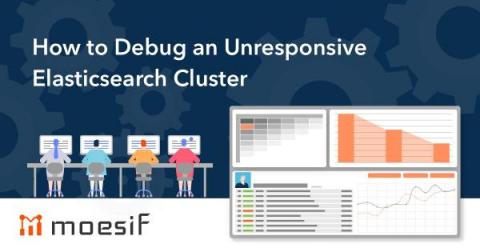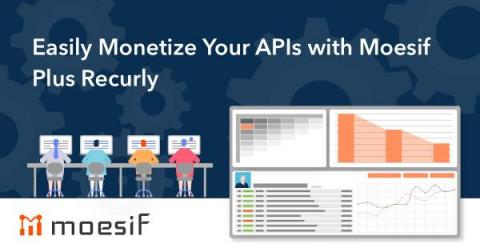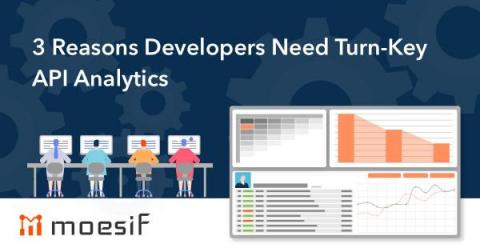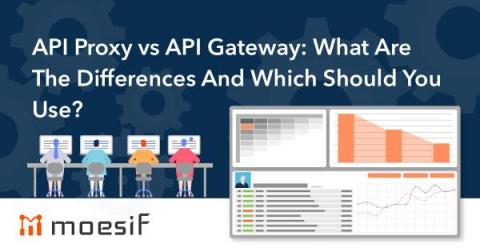How to Integrate Moesif and Stripe to Easily Monetize Your APIs
Once you decide to monetize your app or APIs, the journey begins to find a simple and robust solution for billing. At Moesif, we know that a billing solution is actually really tough to implement. Getting your product from “0-to-monetization” is not always a straightforward path, even if it should be. Our no-code approach to billing is a simple and elegant way to very rapidly gain the capability to bill customers for usage.




